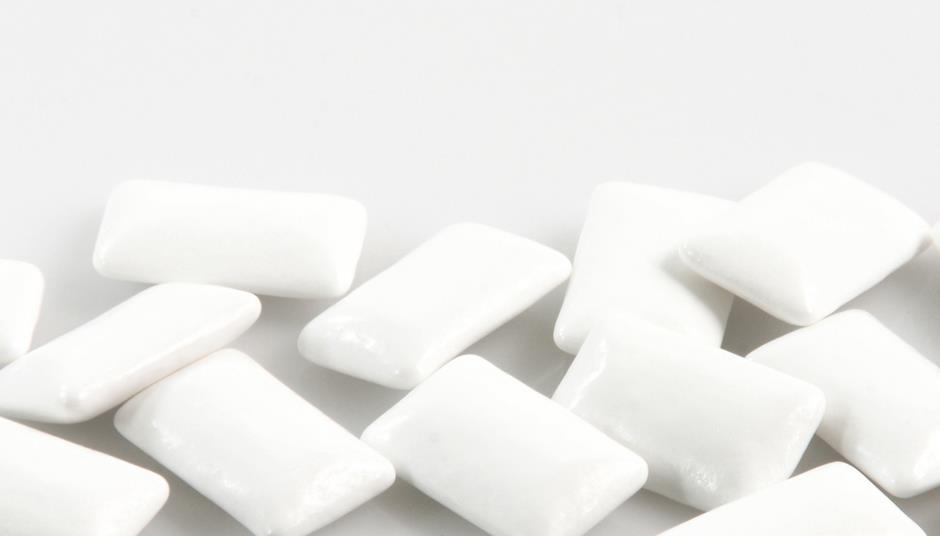
/portrait-of-cat-with-green-polythene-571701917-5a00d65f89eacc0037ee6c79.jpg)
You will not exert as much force to chew as you would from clenching your jaws constantly.Īdditionally, using your masseter muscles to chew will help make sure you do not use your buccinator muscles to chew. People who frequently clench their jaw for months get masseter muscles that are too large, but you may not get that from chewing gum or food. You do not have to worry about getting overly large masseter muscles quickly. Ideally, you should engage your masseter muscles while you chew to help strengthen your jaw. Additionally, it is also responsible for some protraction (extension) of your mandible. Your masseter muscles are mostly responsible for moving your mandible. If you’re up to several hours per day of chewing normal gum, then go back down to one hour for falim gum. Be careful though, this gum is much harder and you’ll have to start slow again.
DOES CHEWING ON PLASTIC UPGRADE
Once you’re chewing gum for several hours per day, upgrade to a harder gum like falim gum. Ideally, split your routine in half and chew half the time on one side and half the time on the other side. Move the gum from one side of your mouth to the other in a circular manner so that you chew on all sides equally. The key is to start slow so that you don’t get any TMJ issues. Add 2-3 minutes each week to your daily chewing routine. Then chew for 20 minutes per day 5 days a week. Xylitol is good for your oral health and actually helps prevent bacteria build-up. I recommend starting with sugar-free gum that has xylitol. To build up your masseter muscles and get a wider jaw you can start chewing gum. Eventually, it will become second nature. Each time you practice, make sure you take note of how you chew. In the second week, you can use the proper chewing method for lunch and dinner, and so on.

In the first week, you can use the proper chewing method for lunch. Therefore, following a weekly protocol can help you get used to chewing correctly. It takes about 66 days to form a habit ( Lally et al., 2009). You can follow the tips above to chew each meal you have.

Whatever you do, don’t activate your buccinator muscle: Buccinator Muscle Weekly Chewing Protocol Chew your food slowly while following the tips above. You can also practice proper chewing by eating in front of a mirror. Do not forget to use the tongue to swallow the food correctly by firmly pressing your tongue on the back of your palate. Use your tongue to move the food around your mouth until it gets chewed down to a paste. Try to use both sides of your jaw and teeth.Be sure you keep your lips sealed while you chew.This will help you work your jaw muscles and help you focus on using your jaw and teeth. Try to avoid using your cheek as much as you can. To properly chew while mewing, you need to adjust your chewing habits. Most people are shocked to realize they are not chewing the correct way. Ideally, you want to chew your food until it is a paste. You want to avoid using your cheek muscles. You should use your tongue to move the food around your mouth as you chew. To properly chew while mewing, you need to chew using both sides of your jaw and teeth equally. You need to make sure that you chew your food properly to get the best results from mewing. Most people think that mewing is just correcting your tongue posture, but it goes a bit deeper than that.


 0 kommentar(er)
0 kommentar(er)
